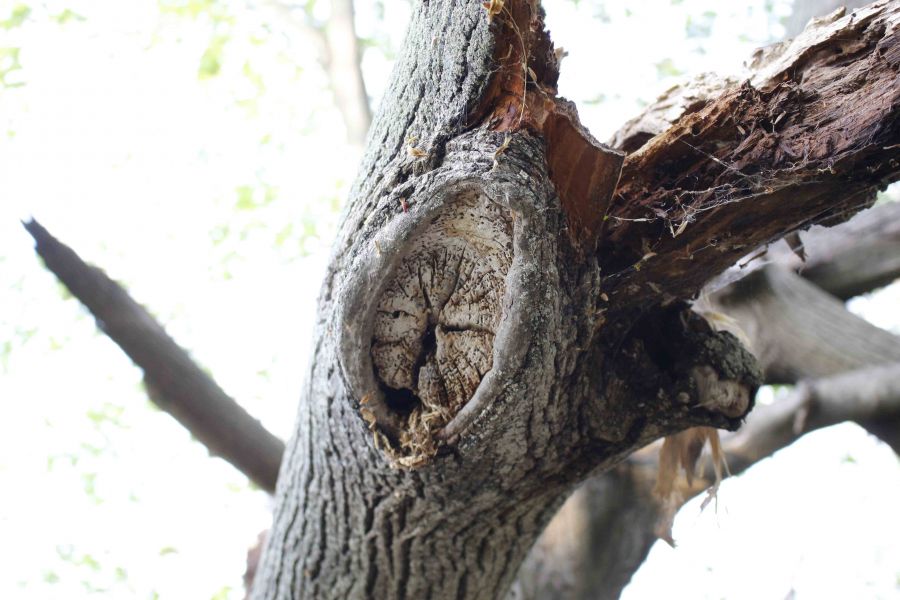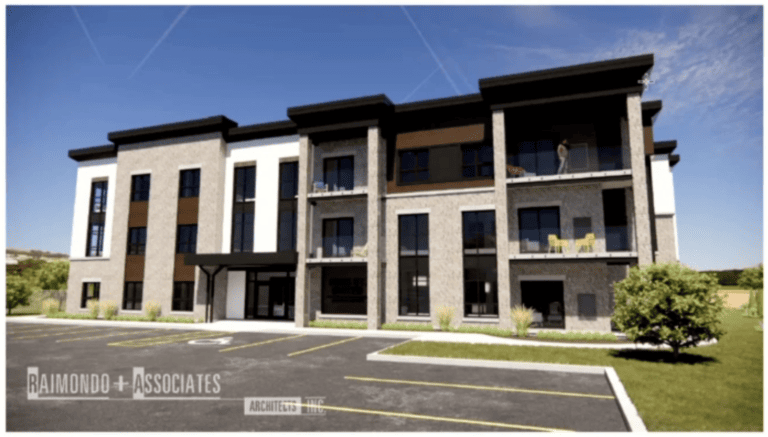After four years of discussing a an urban tree bylaw, Niagara-on-the-Lake town councillors have passed the buck to the incoming council, who will have the responsibility of balancing tree preservation with property rights.
Several new candidates are already campaigning on the importance of a tree bylaw, and it was recognized at the final meeting of council Monday that it is sure to become an hot election issue, but after extensive discussion about the best route to go, councillors could not agree to the bylaw that was presented to them for approval.
The bylaw had been approved at the committee-of-the-whole meeting in August, and then when presented to council for ratification the following week, it stalled, mostly because of Coun. Jim Collard’s concerns. Council agreed then to defer it to the September meeting, the last opportunity for approval of the bylaw before the end of the term.
Although Niagara-on-the-Lake residents have said they overwhelmingly support a tree bylaw that would apply to private property in urban areas, and councillors had asked staff to prepare one, when they were faced with it this week, they used words such as “intrusive” and “aggressive” to describe what was before them. Residents, they said, likely don’t fully understand the implications of a bylaw that would apply to every property owner, not just developers.
Coun. Jim Collard had tried to have some revisions made to the bylaw, but he wouldn’t support it as written, and after a lengthy discussion, the majority of council agreed to receive the report, take the bylaw off the table and have the information, with Collard’s revisions, ready for the next council to deal with.
The bylaw as written, Collard said, would mean that a resident who just wanted to trim a branch on a backyard tree or take one down that was dying would have to pay for an arborist to evaluate the tree, pay for a permit to allow for the work, and then pay to have the work done.
He also objected to the stiff penalties for not following the process.
Residents had asked for a tree bylaw to curb developers from cutting down trees, but instead, what was before council was aimed at controlling what home owners could do on their own property, Collard said, calling the bylaw “one of the most intrusive pieces of legislation” council has considered.
“If you’re going to use this bylaw to stop development, I don’t think it can be done,” he said, “Developers have ownership of land, and they have certain rights to do things on it. The bylaw as written is very aggressive, almost nasty, especially when you’re talking about thousands of dollars in fines.”
An urban tree bylaw on private property, Collard said, “is putting big city values on our town.”
Coun. Maria Bau-Coote said she has never supported a tree bylaw and wouldn’t support the one before council.
“I don’t see residents cutting down trees with no reason,” said Coun. Terry Flynn. “If somebody is taking down a tree on their property, they’re doing it for a good reason.”
Although he spoke of NOTL being the envy of other municipalities because of its tree canopy, he said he’s concerned about “tree police,” people reporting to council when neighbours are taking down a tree.
“I’m becoming concerned about my rights as a property owner,” he said.
“I understand we need something to control trees on developers’ properties, but this is too intrusive.”
Coun. Paolo Miele agreed. “The rights of a tree is not my main concern — it’s the rights of property owners.”
He suggested instead staff could look at a tree policy that could be attached to site plan approvals, rather than telling residents they have to pay for an arborist before trimming a tree branch. He also wanted to look at options such as educating the public and enhancing public participation in protecting trees – options that were offered in the staff report that outlined the bylaw.
Coun. Martin Mazza identified that council had asked staff for a bylaw, which had been four years in the making, and staff had presented them with 127 pages of information, “but I think it missed the mark. What’s on everyone’s minds is development, and the urban forest that has been lost due to development. Because this is the last meeting, we were pushing staff to give us something and they gave it to us.”
Rather than pushing it forward so council could point to it as an accomplishment of their term, Mazza suggested it would be better to let the next council deal with it.
He said he was looking for something much more simple — take a tree out, plant a new one, if not in its place, somewhere else — rather than what was presented in the document “that punishes good, honest homeowners” who want to care for their properties or prevent an insurance claim if a diseased tree comes down.
“This report isn’t coming out of nowhere,” said Coun. Jamie King, “but it’s a complex issue. I don’t think people in town have a clue about the implications – that’s the Achilles heel. This has the ability to greatly impact home owners and their responsibilities.”
He suggested it should be for the new council to decide, after being informed about what residents want while on the campaign trail.
“I think at the end of the day the canopy is important to everyone in town. This is one tool. I think it needs to be revised.”
Coun. Betty Disero was offended at Collard’s reference to the “big city” interpreting it as anyone who wants a tree bylaw is bringing Toronto to Niagara-on-the-Lake.
‘I know it’s political, I get it. Anyone who wants a tree bylaw is going to bring Toronto to Niagara-on-the-Lake. That’s not the case. Let’s be clear,” she said. “This council has been asking for a tree bylaw on private property. To say it’s all these people from Toronto who want it is wrong — and that’s the wrong message to send.”
She reminded councillors of the number of times staff had come to council with a report on a tree bylaw, and council had sent it back to staff, learning along the way that the bylaw could not legally be aimed just at developers and development lots.
She also reminded them of the many subdivisions of lots that have come before council, with large, beautiful trees already removed by developers before they applied for the subdivision. The only way to prevent that occurring, she said, is with a general tree bylaw.
Disero said she could support the changes Collard had suggested, including reducing the costs of getting a permit and the impact of having to get an arborist, and expanding the exemptions for weed trees, but she didn’t want the bylaw to be lost — it could be brought back to the next council, to try to protect native trees, “the ones that are not weeds, that are not dying,” she said, while protecting the rights of home owners with problem trees.
“But to say this is a big-city intrusion coming from Toronto is unfair.”
King proposed council receive the report on a tree bylaw on private property for information, suggesting with a month to go before the election was no time to revise it. His motion was approved with only Coun. Disero voting against it.
The issue “is going to come forward again – it’s not going away,” King said, adding there’s been a lot of good work done with a lot of good information that should be circulated and brought forward to the incoming council.










